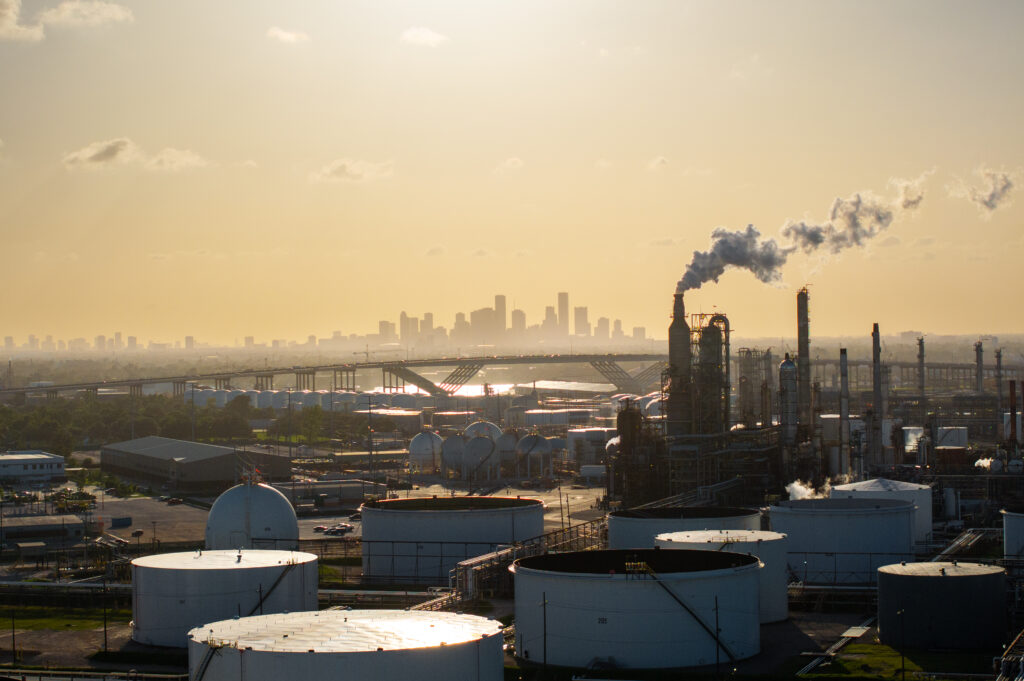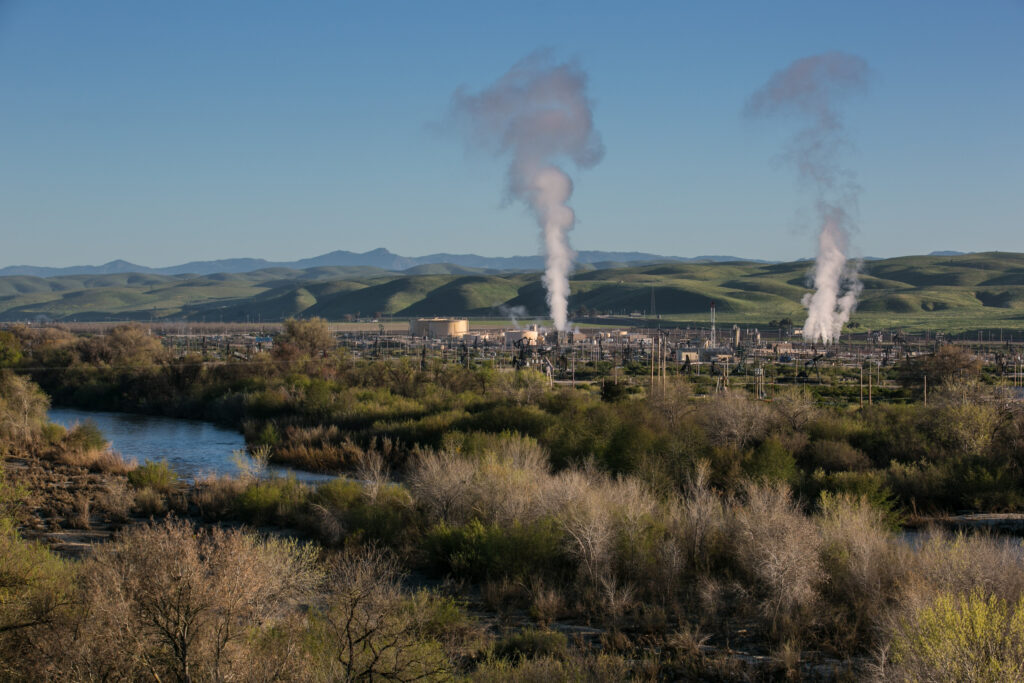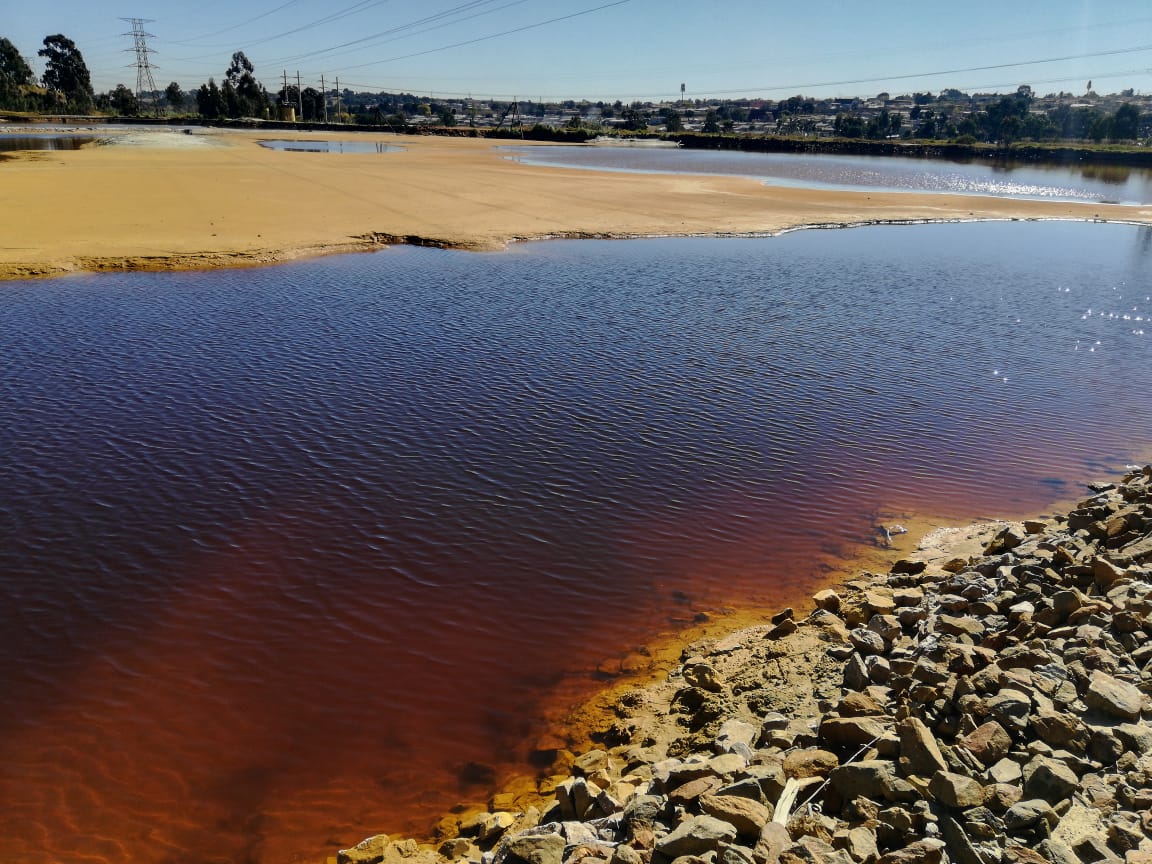Decades of dying trees have been analysed in groundbreaking research, answering the question: ‘how hot is too hot?’
A new study has been published in the journal Nature Communications, which compiled the first global database of precision-georeferenced forest die-off events, covering 675 locations and dating back to 1970.
All forested continents were included in the research, with data compared to existing climate information. Using these sets, scientists at the University of Florida were able to determine the specific heat and drought conditions that led to tree mortality episodes.
‘In this study, we’re letting the Earth’s forests do the talking,’ said William Hammond, a University of Florida plant ecophysiologist who led the study. ‘We collected data from previous studies documenting where and when trees died, and then analysed what the climate was during mortality events, compared to long-term conditions.
‘What we found was that at the global scale, there was this consistently hotter, drier pattern – what we call a ‘hotter-drought fingerprint’ – that can show us how unusually hot or dry it has to get for forests to be at risk of death,’ he continued, warning die-off events put carbon reduction efforts at risk. ‘Plants do a phenomenal job of capturing and sequestering carbon, but death of the plants not only prevents their performing this critical carbon-capturing role, plants also start releasing carbon as they decay.’
To articulate this point, study co-author Cuauhtémoc Sáenz-Romero, of Mexico’s Universidad Michoacana de San Nicolás de Hidalgo, used the example of 8,o00 mature trees killed by bark beetles in the Monarch Butterfly Biosphere Reserve. The event directly resulted from longer, hotter, drier seasons known to trigger devastating pest outbreaks.
In related news, last month scientists called for drought to be redefined as a term to better suit the climate crisis age.
Image credit: Meritt Thomas
















